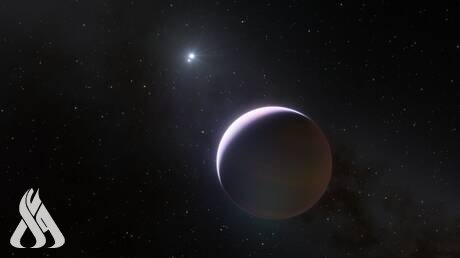
New form of ice discovered unexpectedly during experiment

Multimedia
- 4-02-2023, 19:56
INA - SOURCES
Researchers at University College London and the University of Cambridge have discovered a new type of ice that more closely resembles liquid water than any other known ices and that may rewrite our understanding of water and its many anomalies.
The newly discovered ice is amorphous — that is, its molecules are in a disorganized form, not neatly ordered as they are in ordinary, crystalline ice. Amorphous ice, although rare on Earth, is the main type of ice found in space. That is because, in the colder environment of space, ice does not have enough thermal energy to form crystals.
For the study, published in the journal Science, the research team used a process called ball milling, vigorously shaking ordinary ice together with steel balls in a jar cooled to -200 degrees Centigrade.
They found that, rather than ending up with small bits of ordinary ice, the process yielded a novel amorphous form of ice that, unlike all other known ices, had the same density as liquid water and whose state resembled water in solid form. They named the new ice medium-density amorphous ice (MDA).
Trump asks Supreme Court to pause law that could ban TikTok
- International
- 08:56
PM’s Advisor: Government's vision supports Syria's stability
- politics
- 09:25
Globe Soccer Awards 2024: all the nominees
- Sport
- 24/12/27












